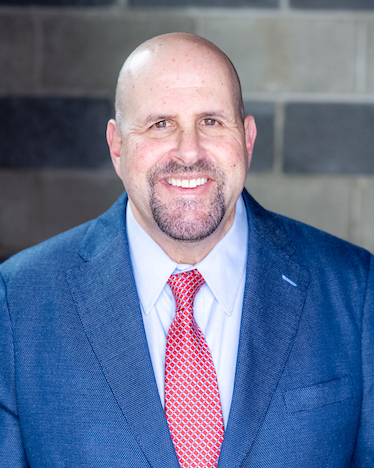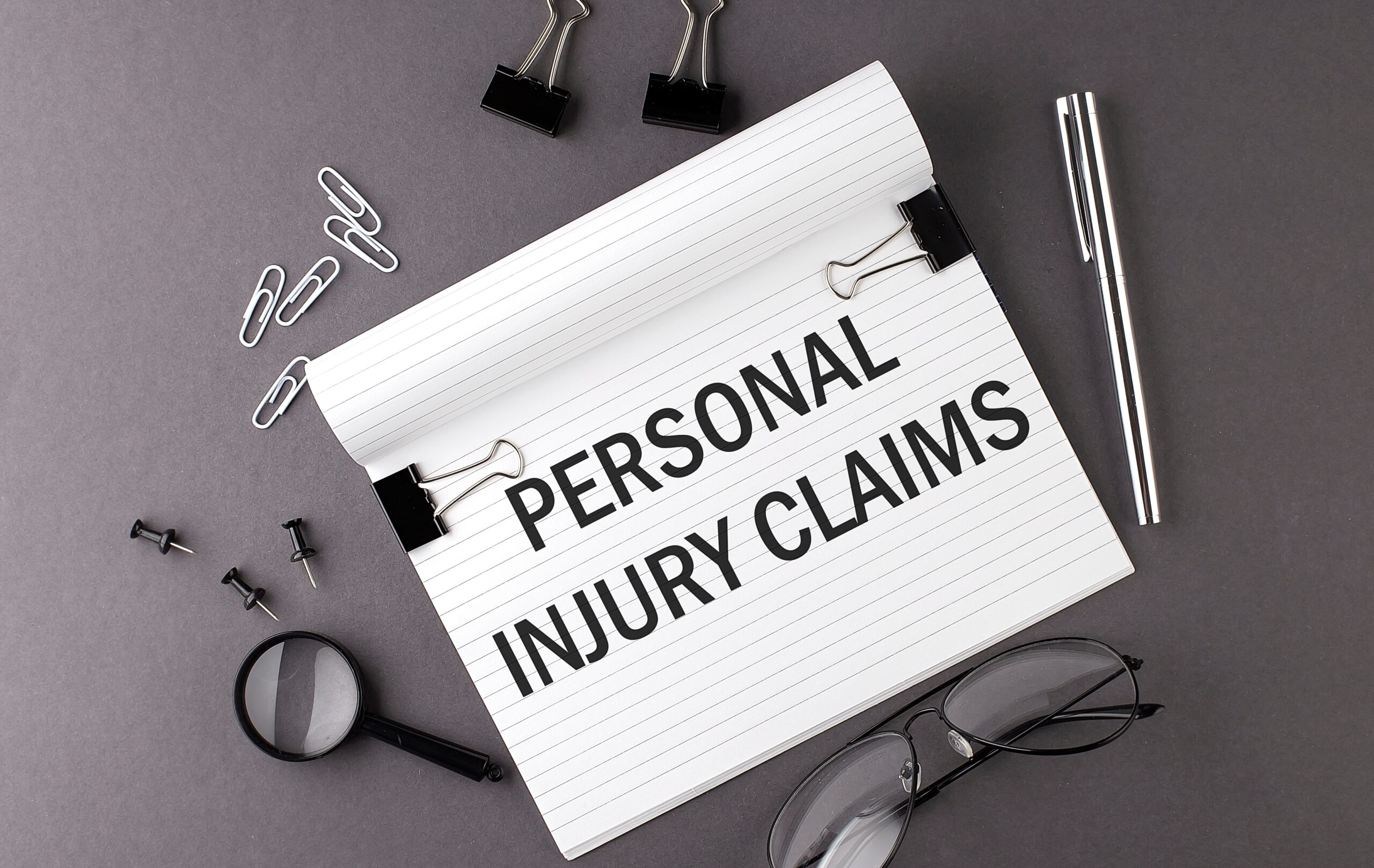Sun In The Eyes Leads To Accident And $50,000 Settlement
Anyone who has driven with sun in the eyes is aware of just how perilous it can be. Glare from other vehicles windshield’s and direct sunlight can almost totally obscure your vision, making a commute much more hazardous. This can be especially true for pedestrians, who may not be aware that getting sun in the eyes has drastically decreased a driver’s ability to operate their vehicle safely.
Sun In The Eyes Brings Abels & Annes, P.C. Client $50,000
This exact situation occurred on February 10, 2011, at approximately 10:03 a.m. when a glare-related automobile versus
pedestrian collision took place. The injured pedestrian hired
Abels & Annes, P.C. and ultimately settled for the $50,000 insurance policy limit.
The pedestrian in this case was walking in the area of Central Avenue and Belmont in Chicago, Illinois. He wanted to cross Belmont and continue walking east. He waited until he had the right-of-way and proceeded to cross Belmont at Central on the pedestrian crosswalk.
The defendant was driving his vehicle eastbound on Belmont, approaching its intersection with Central. He wanted to turn right onto southbound Central and attempted to do so. Even though his vision was obscured through having sun in the eyes, he nevertheless proceeded to turn right onto Central Avenue while the pedestrian had the right-of-way. He struck the plaintiff while he was within the crosswalk and as a result, our client sustained left knee injuries and developed bulging dics in his lumbar spine.
The Chicago Police Department responded to the scene of the collision. After speaking to both parties, the investigating officer placed the driver at fault for the collision:
- The driver admitted to the responding officer that he had sun in the eyes while he was driving. He further admitted hitting the pedestrian.
- The driver was cited for failure to exercise due care to avoid colliding with a pedestrian.
- Additionally the responding officer determined he caused the collision while driving with obscured vision and having inadequate driving skills/knowledge/experience.
The attorneys at Abels & Annes, P.C. argued to the insurance carrier that their insured:
- Failed to stop and/or reduce his speed to avoid a collision
- Failed to pay proper attention to the road conditions
- Failed to yield the right-of-way to a pedestrian in a crosswalk
- Failed to exercise due care for the safety of those in the area, including our client
The case settled for the defendant’s $50,000 insurance policy limits without having to go to court.
When Does Glare Really Affect Drivers?
In addition, a recent study on the effects of glare-related accidents shows some interesting facts on the specific instances when glare is especially dangerous:
- At-Fault: 80 percent of the glare-exposed drivers were in the striking role as compared to 52 percent of those who were in the same role even though their vision was not obstructed.
- Collision Type: In angle and head-on collisions, the group disturbed by glare has higher percentages (45 percent and 3.1 percent, respectively) than the group without vision obstruction, for which the respective percentages for these manners of collision are 35.6 percent and 2.2 percent.
- Speed: Among the glare-exposed drivers, the percentage of drivers who were driving at a speed between 26 and 45 mph is higher (32 percent) than 23 percent from the no vision obstruction category who were driving in the same speed range.
- Sunrise: 38.9 percent of the glare-exposed drivers were involved in crashes between 6:00 a.m. and 9:00 a. m. On the other hand, only 12.2 percent of the drivers with no vision obstruction were involved in crashes during the same time interval.
- Twilight: The crash involvement of glare-exposed drivers was more frequent (29.9 percent) during 5:00 p.m. to 8:00 p.m. as compared to 27.3 percent of those who were involved in crashes without vision obstruction during the same time period.
This study shows that glare from headlamps as well as sunlight is a contributing factor incrashes and that these crashes show particular patterns with respect to driver, vehicle, and roadway. Sun in the eyes can thus increase the odds that an accident will occur, and using this information, drivers can be extra alert to the heightened risk and plan accordingly.
Thousands of pedestrians are injured every year in traffic accidents. Often these injuries are very serious, and
Abels & Annes, P.C. in Chicago, IL have successfully represented clients that have been injured in these types of accidents. If you or a loved one has been injured in a pedestrian accident, request a
Free Case Consultation or call (312) 924-7575 to speak with a lawyer now.
David Abels
Partner
David Abels has carved a niche for himself in the personal injury law sector, dedicating a substantial part of his career since 1997 to representing victims of various accidents. With a law practice that spans over two decades, his expertise has been consistently recognized within the legal community.
Author's Bio



